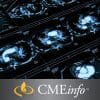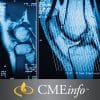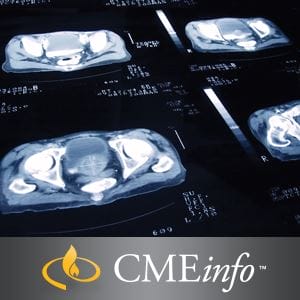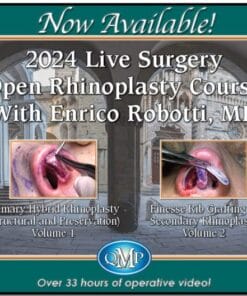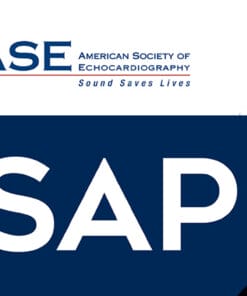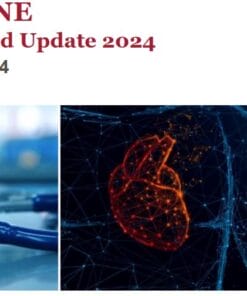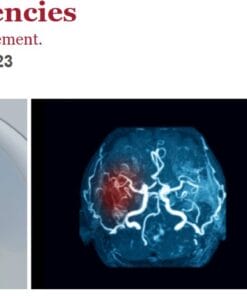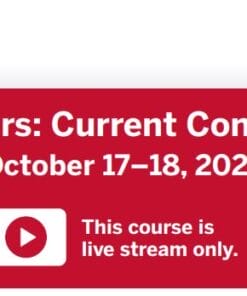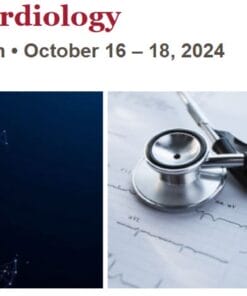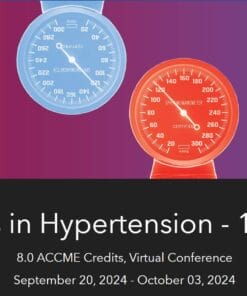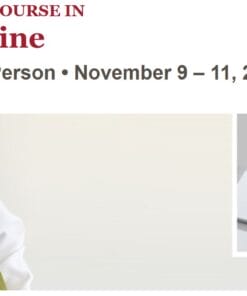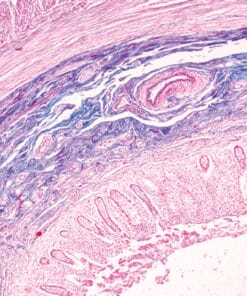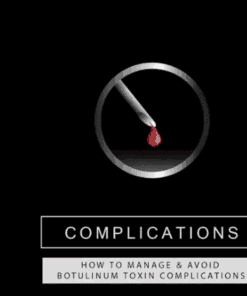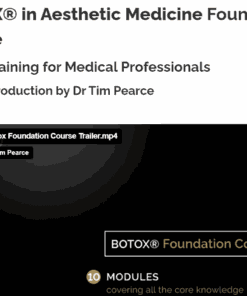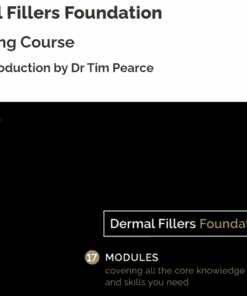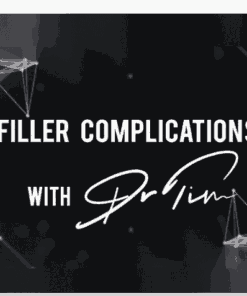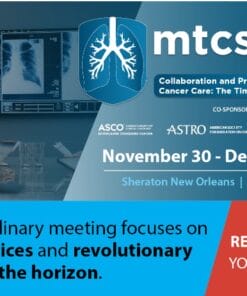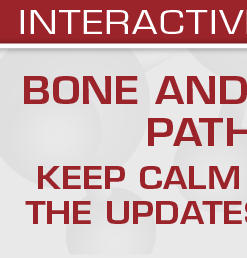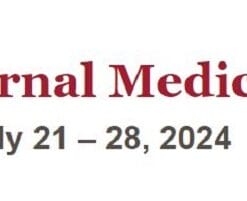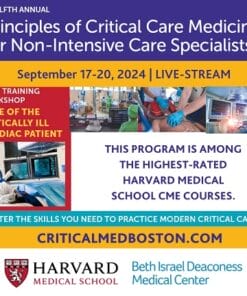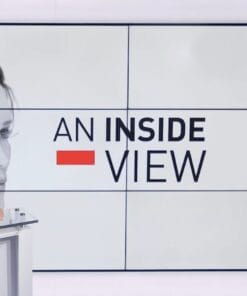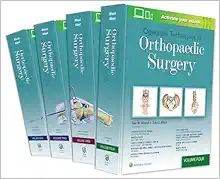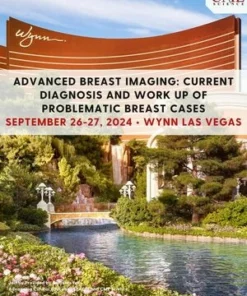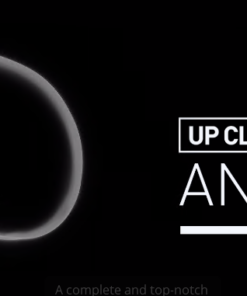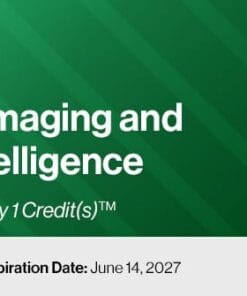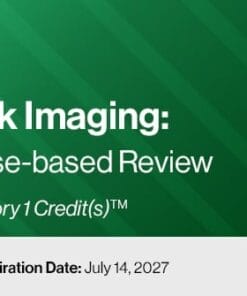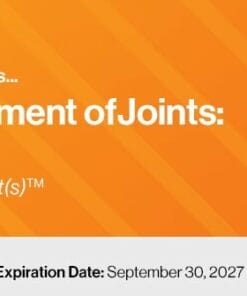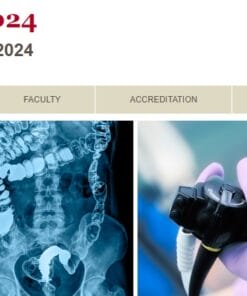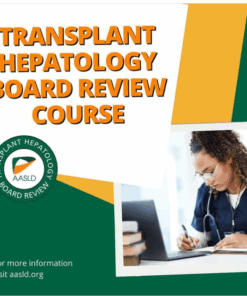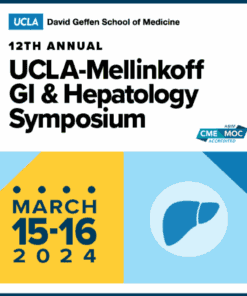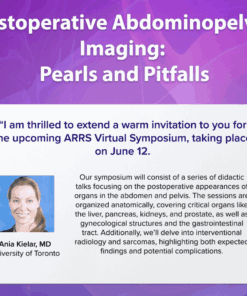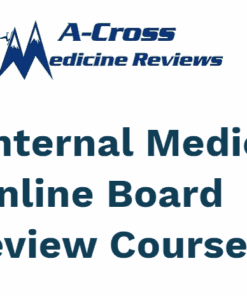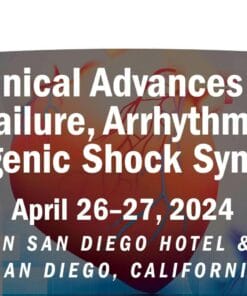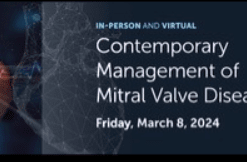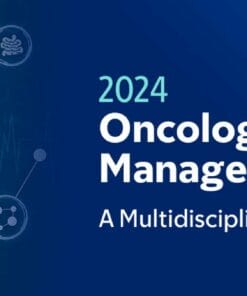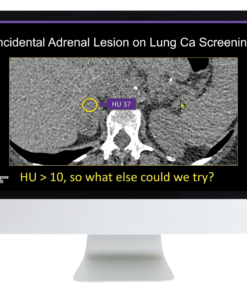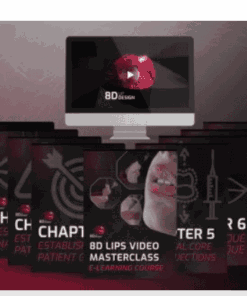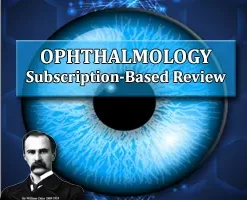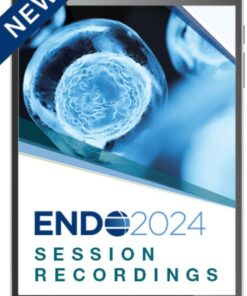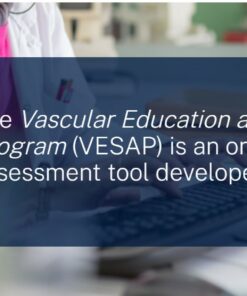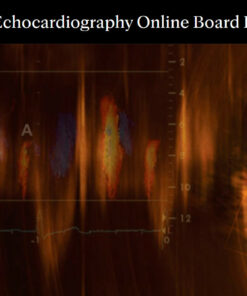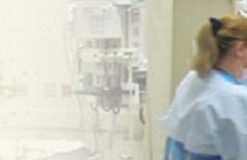UCSF Abdomen & Pelvis: CT/MR/US
University of California San Francisco Clinical Update (SA-CME)
Leading radiologists guide you through this updated review of state-of-the-art abdomino-pelvic imaging and interpretation.
Enhance Interpetation Skills
The goal of the UCSF Abdomen & Pelvis: CT/MR/US CME program is to enhance intepretation of body imaging skills and improve clinical practice. This is achieved through a review of state-of-the-art imaging methods and evidence-based practice in CT, MRI and Ultrasound as they pertain to gastrointestinal, genitourinary and gynecologic systems.
Learn how to:
- Apply the ACR recommendations for managing incidental CT-scan findings in the kidney, liver, adrenal gland and pancreas
- Identify indications for the use of different imaging modalities (CT/MRI/US) for various abdomino-pelvic organs and conditions
- Apply practical approaches to diagnosing both benign and malignant diseases of the abdomen and pelvis
- Anticipate potential pitfalls in abdominal-pelvic imaging and interpretation
Learning Objectives
At the completion of this course, you should be able to:
- Discuss management of incidental findings
- Identify indications for the use of different imaging modalities (CT/MRI/US) for various abdomino-pelvic organs and conditions
- Apply practical approaches to diagnosing both benign and malignant diseases of the abdomen and pelvis
- Anticipate potential pitfalls in abdomino-pelvic imaging and interpretation
- Participants of the workshop are expected to learn a) the basic requirements for adequate prostate MR imaging acquisition and b) the use of PIRADS for imaging interpretation
Intended Audience
The activity was designed to help the radiologist determine the indications for the different imaging modalities used for the abdomen and pelvis, as well as indications for secondary imaging studies.
TOPICS/SPEAKERS
- Artifacts and Incidentalomas on FDG PET/CT – Spencer C. Behr, MD
- Focal Liver Lesions – Spencer C. Behr, MD
- Imaging of the Adrenal Glands – Spencer C. Behr, MD
- Pancreatic Cystic Lesions – Spencer C. Behr, MD
- Pearls & Pitfalls of Abdominal PET: Non-FDG Avid Tumors – Spencer C. Behr, MD
- Demystifying Vascular Ultrasound (including Carotid Imaging) – Marc D. Kohli, MD
- Non-Interpretive Skills: Informatics and Quality Improvement Basics – Marc D. Kohli, MD
- Transplant Anatomy and Imaging: Kidney, Liver, Pancreas – Marc D. Kohli, MD
- Uterine Fibroid Evaluation: How Imaging Guides Treatment – Marc D. Kohli, MD
- Abdominal/Pelvic Complications of Cancer Therapy – John R. Leyendecker, MD
- Challenging (and Fun!) Unknown Abdominal/Pelvic Imaging Cases: an Interactive Melee – John R. Leyendecker, MD
- Prostate MRI – John R. Leyendecker, MD
- Renal Masses – John R. Leyendecker, MD
- Why We Love to Hate the Spleen: Incidental Findings in Adults and What To Do About Them – John R. Leyendecker, MD
- All You Need to Know About Myllerian Anomalies – Liina Poder, MD
- Multimodality of Endometrial and Cervical Cancer – Liina Poder, MD
- Non-Obstetrical MRI in Pregnant Patients – Liina Poder, MD
- Practical Approach to Adnexal Pathology – Liina Poder, MD
- Tips and Tricks for Thyroid Imaging and Biopsy – Liina Poder, MD
- Acute Abdominal Emergencies: the Enemy Within – Ronald J. Zagoria, MD
- Contrast Media Update: Simpler is Better – Ronald J. Zagoria, MD
- CT Urography: Improved Techniques and Interpretation – Ronald J. Zagoria, MD
- Renal Tumor Ablation: Technique, Results and Follow-up – Ronald J. Zagoria, MD
- Renal Tumor Imaging – Ronald J. Zagoria, MD
Series Expiration: April 30, 2021


